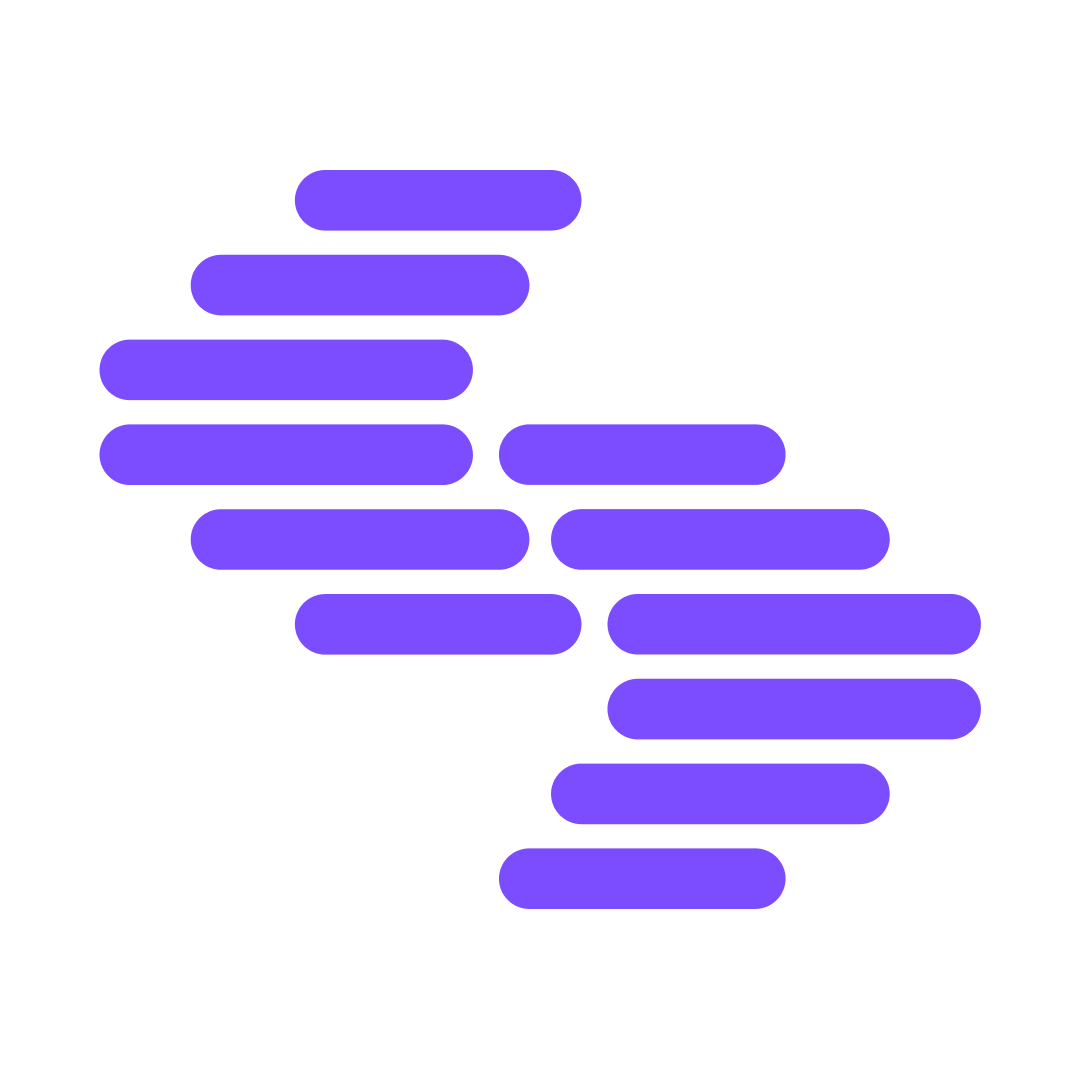Streamline operations and personalize experiences with a composable DXP

A composable DXP offers a flexible, API-driven solution that unifies processes and streamlines workflows, saving you time and IT resources. Take control of your digital strategy—explore how a composable DXP can transform your organization today.
Highlights
You'll learn how a DXP optimizes operational efficiency.
- Unified systems: Connects all tools and touchpoints via APIs for seamless data flow
- Streamlined workflows: Reduces manual tasks with integrated automation
- Flexibility: Modular architecture adapts to dynamic business needs and market shifts
- Faster updates: You can update separate components on the fly
Modern business leaders face a complex ecosystem of digital interactions. Customers expect seamless, tailored experiences across multiple channels. At the same time, organizations grapple with siloed systems and inefficient resource usage.
These issues reinforce the need for innovative solutions to streamline operations and enhance customer experiences. A DXP offers a platform to do that. Keep reading to learn how and what you can benefit from adopting a composable DXP.
What is a digital experience platform (DXP)?
A DXP is an integrated software suite that enables you to combine digital services to deliver consistent, personalized digital experiences across customer touchpoints. It is equipped with features like content management, analytics, automation, etc. DXPs act as the backbone to support an organization's business processes and digital strategy.
How do DXPs differ from CMS and WMS?
A CMS and web management system is more focused on content storage or website management, while a DXP covers entire digital experiences. So, you can find a CMS, WMS, and other tools on digital experience platforms. The core components of a DXP include:
- Content management system (CMS)
- Analytics
- Marketing automation tools
- Customer data platform
These DXP components allow brands to be agile and flexible, ensuring you have the tools to manage and respond to changing customer needs.
Streamlining business processes with DXPs
A DXP unifies data and business capabilities and connects multiple systems to create a cohesive tech stack. It enables businesses to streamline workflows, save time and reduce waste, leading to more efficient operations. DXPs are typically API-driven, giving them the flexibility to integrate disparate systems.
Benefits of API-first integration
APIs enable DXPs to connect with multiple software platforms. That way, you can tailor your tech stack to specific business needs, avoiding single-vendor platforms that may not be as flexible. Other benefits of an API-first approach include;
- Faster time-to-market: It creates reusable APIs that teams can deploy without waiting for the system to be built. This supports faster development cycles as digital services can be built concurrently.
- Easier updates: It simplifies updates, as you can update separate modules without overhauling the entire system.
- Better team collaboration: An API-first approach allows teams to share data and work on multiple modules. That speeds up work, leading to faster project cycles.
Composable DXPs vs. monolithic DXPs
There are mainly two types that a business can choose from, which are:
- Composable DXPs: These are modular DXPs. They are highly flexible and API-first, allowing a business to select and integrate best-of-breed solutions.
- Monolithic DXPs: These types of DXPs offer pre-packaged solutions from a single vendor. They are not as flexible as composable DXPs.
A monolithic solution limits your flexibility and may lock you into a single-vendor solution. But with a composable DXP, you build the platform from the ground up, only integrating solutions that support your business goals. It is also easier to scale, as you can scale each packaged business capability (PBC) without overhauling the entire platform.
Enhancing content and marketing operations
How does a DXP enhance content marketing operations? First, it allows you to use the right tools for the job, such as a headless CMS. It also unifies all customer touchpoints, allowing you to enhance customer engagement across all digital touchpoints. Here are other ways to consider.
- Omnichannel consistency: A headless CMS separates content from its presentation layer, making it easy to deliver content to multiple platforms. It relies on APIs. So, you can create content once and repurpose it on several platforms.
- Personalized experience delivery: DXPs also offer CDPs that track customer interaction and make the data available to front-end systems. With that, you can deliver personalized content that resonates with customers.
- Automation: Marketing teams have to generate and nurture leads, track customer journeys, create content for ads, etc. These tasks can be time and resource-intensive. A DXP offers automation tools that enable you to save time on these tasks.
Driving operational efficiency through modular architecture
A modular approach allows you to build a tech stack by combining multiple smaller, loosely coupled units. In essence, you have various packaged business capabilities (PBCs) that manage different business functions but are then connected via APIs to create one system.
Modular DXPs are more resilient, as you can deploy individual modules separately. You can also swap out or update a module without any effect on the entire system. It also offers more security—if one module goes offline or comes under a security attack, it does not affect the entire platform. They are more flexible and cost-efficient.
Businesses that deploy modular DXPs can rapidly respond to market shifts, whether by launching new products, releasing new features, entering new locations, etc. This flexibility leads to better operational efficiency.
Case studies
MongoDB
MongoDB struggled with five websites and multiple CMSes, leading to misalignment, high maintenance costs and time wasting. Switching to Contentstack allowed them to harmonize their tech stack with the composable DXP and headless CMS. That led to over 250 pages migrated with support in seven languages.
Hear from Subi Babu. "Coming from an in-house CMS, our background for several years was focused on developing CMS features. Now, we can use the marketplace and get plug-and-play integrations, which is exciting."
Read more to see how MongoDB improved its operations thanks to Contentstack.
Air France-KLM
Air France-KLM's legacy system took too long to make changes. It also relied on multiple CMSes, leading to costly and inefficient operations. Switching to Contentstack streamlined its workflows. The DXP and headless CMS allowed them to reuse content, leading to cost and time savings.
Ralf Schipper, the Product Owner, had this to say." With Contentstack, we are changing the way we distribute content and paving the way for personalization. We're defining the solution to master content distribution and optimize content creation and management."
Keep reading to see how Air France-KLM streamlined its content operations.
Measuring operational efficiency with DXPs
To realize the full potential of a DXP, brands must outline key metrics to track their efficiency. Modern DXPs offer analytics tools that allow you to measure performance. Here are some points to note.
- Set clear KPIs: Define what KPIs to track. This can be based on your business goals for adopting a composable DXP.
- Utilize analytics tools: Analytics tools track customer interactions on the web, social media, or mobile apps. This provides insights on purchase history, conversion rates, etc.
- Monitor relevant KPIs: Track the data from analytics tools and compare it against past data.
- Conduct regular reviews: Conduct periodic reviews of the KPIs and data to spot gaps or areas that you need to improve.
Improve through training
When adopting a composable DXP, it is essential to train your team to understand how the platform works. This will help you implement any changes to existing processes. It will also ensure you set the right foundations for future innovation.
Data-driven decision-making
A DXP's data integration offers a treasure trove of insights. You can rely on this data to inform strategies around marketing, sales and operations. For example, you can forecast trends or manage inventory levels using predictive analytics. The use of data allows businesses to be more proactive, ensuring they can adapt to market changes.
FAQ section
What is a DXP?
A DXP is a digital platform that allows you to combine tools to curate and deliver tailored digital experiences across multiple channels.
What are the benefits of digital experience?
Adopting a DXP improves your team collaboration, helps you save time on manual work and allows you to publish faster using a headless CMS. It also gives you a single source of truth, ensuring you are always in control of your entire tech stack.
What is an example of a DXP?
Contentstack is an example of a leading digital experience platform. It offers a composable architecture, ensuring you can build the DXP from the ground up, integrating only the digital services that your business truly needs.
What is the best DXP?
The best DXP aligns with your specific business needs. Composable solutions like Contentstack offer flexibility, while monolithic options may suit firms seeking pre-integrated systems.
How do DXPs streamline business processes?
By centralizing tools for content, marketing and customer data management, DXPs eliminate silos, automate processes and enable seamless collaboration between teams.
Learn more
A DXP consolidates essential tools and processes that enable organizations to manage their operations, innovate and deliver exceptional digital experiences. Its modular design and API-first approach provide flexibility that allows you to adapt to tech and market shifts.
Contentstack offers the best composable DXP to future-proof your digital strategy. It is 100% built on MACH principles and offers enterprise-grade security for your peace of mind. With Contentstack, you can save productive hours, speed up publishing and innovate effortlessly. Talk to us today to get started.
About Contentstack
The Contentstack team comprises highly skilled professionals specializing in product marketing, customer acquisition and retention, and digital marketing strategy. With extensive experience holding senior positions at renowned technology companies across Fortune 500, mid-size, and start-up sectors, our team offers impactful solutions based on diverse backgrounds and extensive industry knowledge.
Contentstack is on a mission to deliver the world’s best digital experiences through a fusion of cutting-edge content management, customer data, personalization, and AI technology. Iconic brands, such as AirFrance KLM, ASICS, Burberry, Mattel, Mitsubishi, and Walmart, depend on the platform to rise above the noise in today's crowded digital markets and gain their competitive edge.
In January 2025, Contentstack proudly secured its first-ever position as a Visionary in the 2025 Gartner® Magic Quadrant™ for Digital Experience Platforms (DXP). Further solidifying its prominent standing, Contentstack was recognized as a Leader in the Forrester Research, Inc. March 2025 report, “The Forrester Wave™: Content Management Systems (CMS), Q1 2025.” Contentstack was the only pure headless provider named as a Leader in the report, which evaluated 13 top CMS providers on 19 criteria for current offering and strategy.
Follow Contentstack on LinkedIn.







.svg?format=pjpg&auto=webp)
.svg?format=pjpg&auto=webp)
.png?format=pjpg&auto=webp)






.png?format=pjpg&auto=webp)


